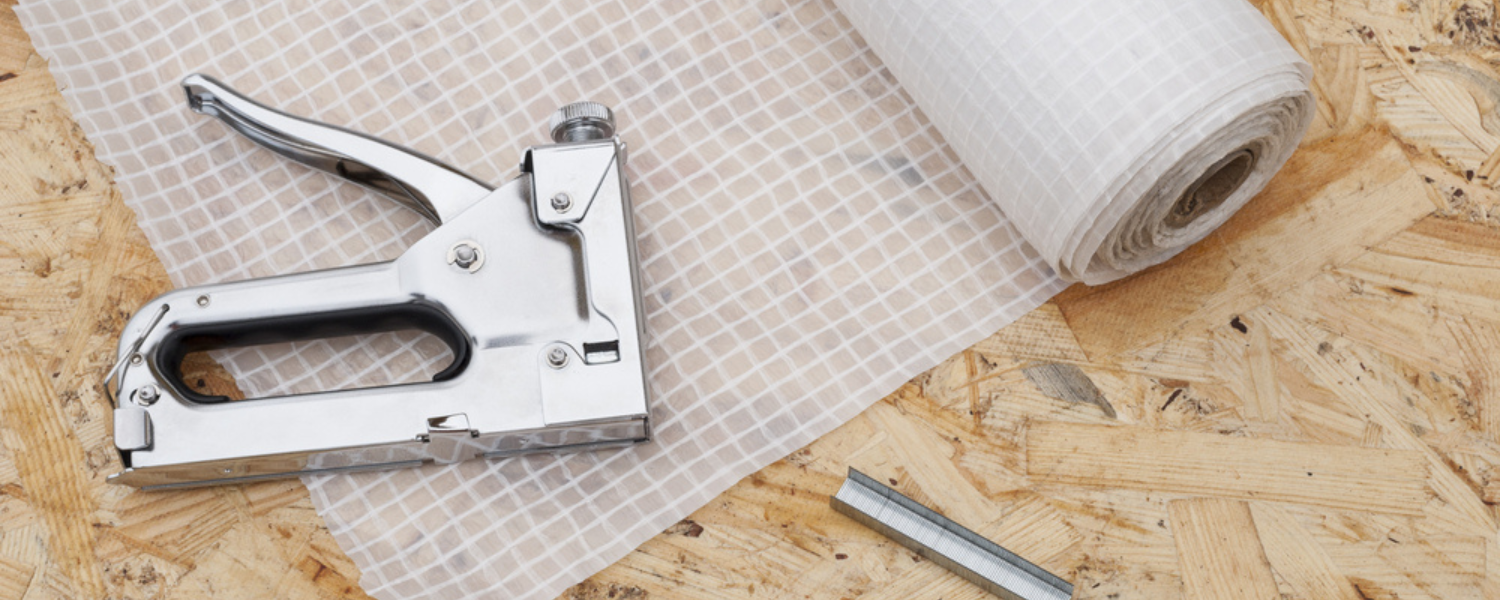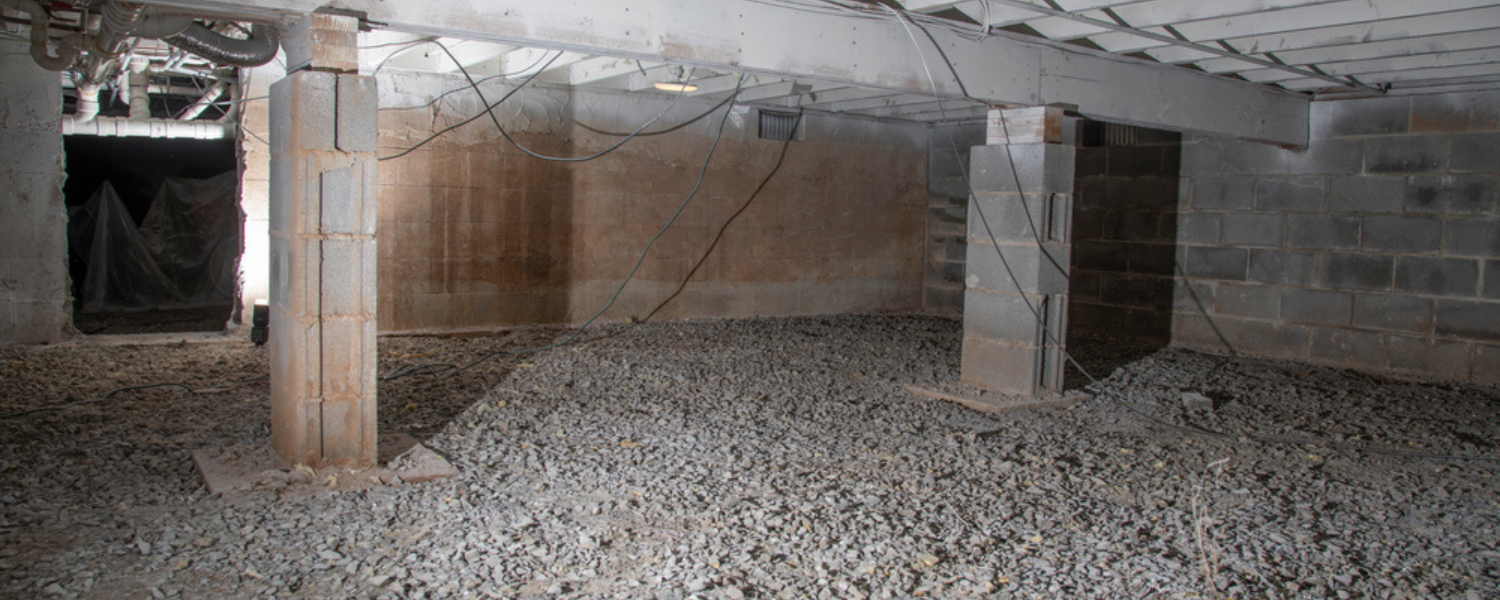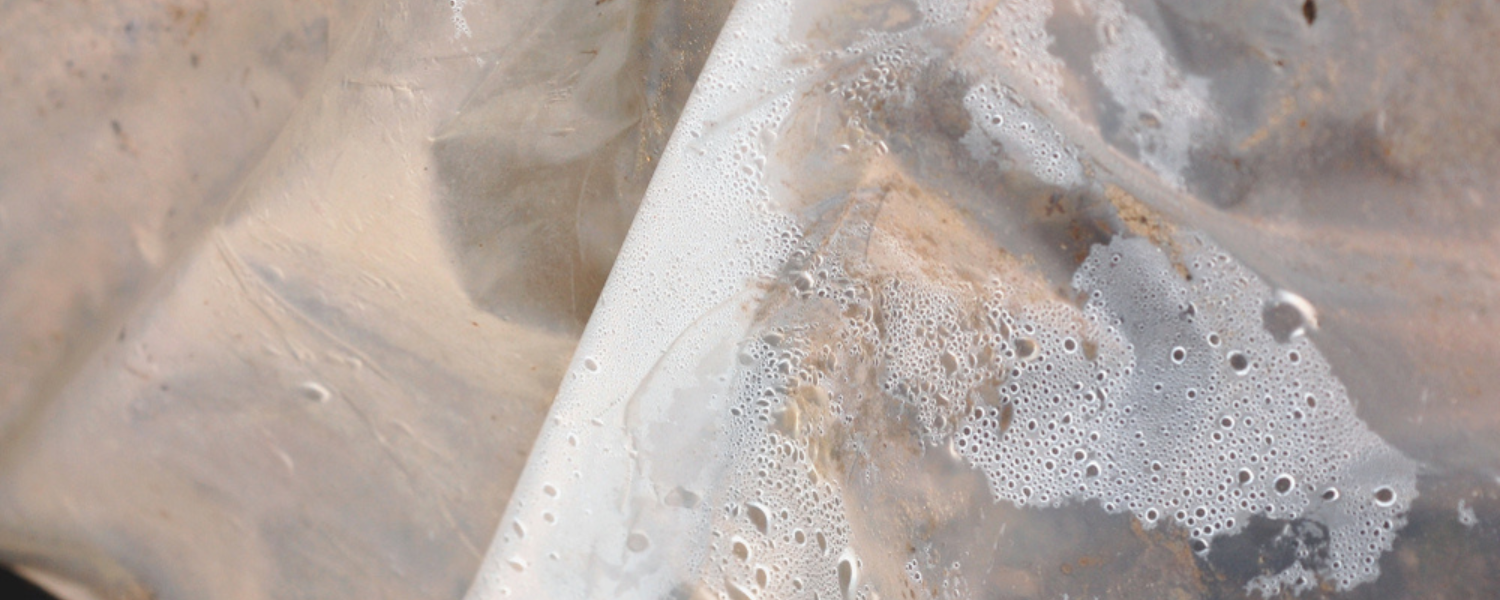Crawl Space Encapsulation VS Vapor Barrier Installation
Crawl space encapsulation or vapor barrier installation are your two major options for preventing moisture damage to your property. Both approaches have advantages, but which one is best for your house? Encapsulating the crawl space means separating it from the rest of the house. By doing this, a barrier is made that keeps moisture out of the crawl space. Additionally, it aids in insulating the area, which can reduce your energy costs. Crawl space encapsulation's drawback is that installation can be costly and time-consuming.
Installation of vapor barriers is a less complicated and more economical choice. It entails putting up a barrier on the crawl space's floor, typically made of plastic sheeting. This barrier stops moisture from getting into the crawl space area, but it doesn't keep heat in or control humidity. Vapor barrier installation is therefore most suited for residences in warm, arid conditions.
Which choice is best for you? Crawl space encapsulation is a preferable option if you reside in a region with high humidity levels. Vapor barrier installation, on the other hand, can be your best bet if you're searching for a less complicated and more affordable option. Lets dig into the specifics of crawl space encapsulation vs vapor barrier installation!

Crawl Space Vapor Barrier Overview
The installation of a vapor barrier is an additional option available to you for maintaining environmental control in your crawl space. The installation of a vapor barrier entails the process of laying down a thin sheet of plastic across the entire surface of the crawl space floor. This sheet's thickness can range anywhere from 4 millimeters to 15 millimeters.
This is not considered a sealed system because the only part of the crawl space that is sealed off is the floor of the crawl space. The walls, columns, or vent have not been sealed. You will require the installation of a dehumidifier due to the fact that the vent is not sealed.
The problem with using this method is that it increases the likelihood of moisture entering the crawl space. If this method is used, there is no need to install any other methods of air conditioning because those will not be necessary. It will only require the installation of a dehumidifier on your part. Installing a vapor barrier does have a few advantages:
- It contributes to the improvement of the air quality inside your home
- You can use your crawl space for storage
- Prevent mold growth
- Lower energy costs
When compared to the cost of encapsulation, the cost of installing a vapor barrier is significantly lower. When it comes to storage space, having a vapor barrier installed in your crawl space gives you an advantage over encapsulation.
Crawl Space Encapsulation Benefits
Enclosing a crawl space is one of the preventative measures that can be taken to avoid water issues in your crawl space. Uncontrolled environments include crawl spaces that have not been encapsulated in plastic. Temperature and humidity levels will change throughout the course of the day in such an environment. You'll be able to exert more control over the atmosphere of your crawl space if you decide to encapsulate it.
The crawl space is sealed off with plastic sheeting to complete the encapsulation process. This material will be used to completely seal off the entire crawl space, including the foundation walls, and it will go all the way up to the ceiling. Because this offers comprehensive protection from the very top to the very bottom, you can have peace of mind knowing that water will be kept out.

If you choose to encapsulate your crawl space, you will be required to install a system of air conditioning in your crawl space. You have the option of using either a dehumidifier, a small exhaust fan, or a limited amount of air supply from a heating, ventilation, and air conditioning system. Benefits of crawl space encapsulation include:
- Lowers your monthly energy bill
- It improves the quality of the air
- It brings the humidity level down
- It lowers the likelihood of mold growth
- It prevents issues with hardwood floor
- It improves your home's resale value
- It extends the life of your houses ductwork
- It is beneficial in preventing infestations and pests
There are multiple reasons why encapsulating your crawl space is beneficial to do. The environment in the crawl space will be under your control once you have the crawl space sealed off. This will result in improved air quality. It's possible that you're not aware of this, but anywhere from 40 to 60 percent of the air in your home comes from the crawl space. Keeping your crawl space clean is essential.

Crawl Space Encapsulation VS Vapor Barrier: The Verdict
Although you might assume vapor barriers are the perfect solution for preventing water vapor from entering your home, in reality they only address the gaseous water vapor rising through the soil. When water collects in your crawl space from other sources, they don't do anything to address the problem. The solution to these issues is far better: crawl space encapsulation.
In contrast to vapor barriers, encapsulation completely excludes water vapor and halts the upward movement of water vapor. Your chance of experiencing moisture issues from water vapor lowers to nearly nothing because the whole crawl space, including the walls, is enclosed. Encapsulation also does more than only block off the water vapor. The addition of crawl space encapsulation insulation aids in keeping warm air in during the winter and cool air in during the summer. You now have a home that is more cozy and energy-efficient all year long.
Looking for monthly SEO services? Check out our partners at Search Amplify!
When it comes time to sell your house, having an enclosed crawl room is also a highly attractive feature. It demonstrates to prospective buyers that the home's air quality is good, its foundation is in good condition, and there are no unresolved water issues that they will be stuck having to deal with. Crawl space encapsulation is also a better option in regions with high humidity.

